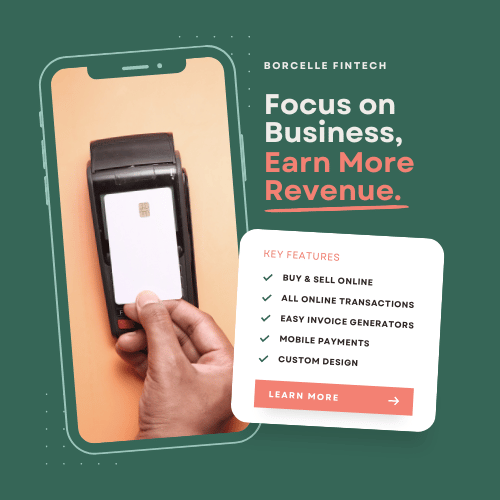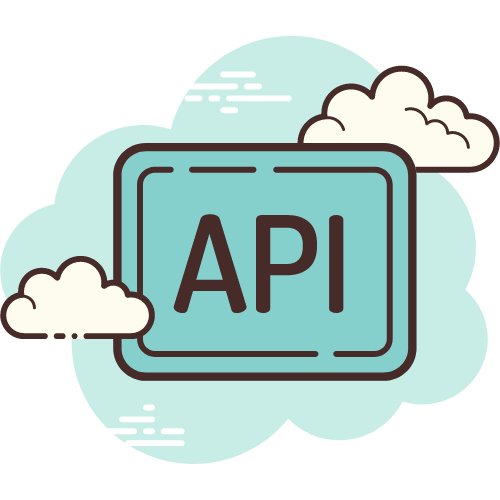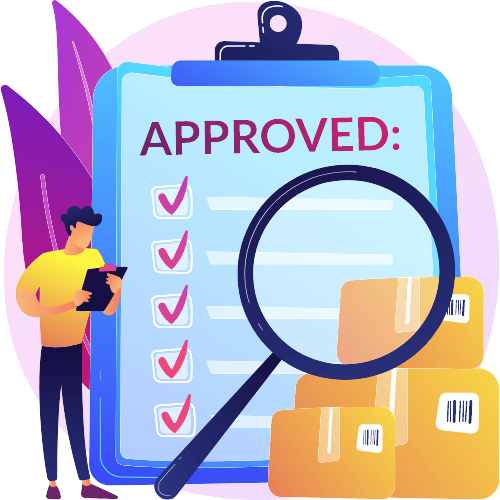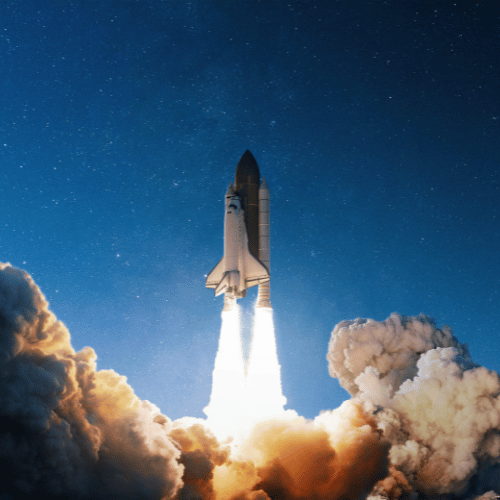Fintech applications have become a very important factors in todays technologically advanced world, people want to transfer and receive money while just tapping their phone multiple times. Therefore, in order to make this possible, software developers have to develop applications that are integrated with the banking system so those changes of transfers and transactions that are made within 24 hours could be ultimately updated in the bank. Every bank today needs a financial application, so banking can be done by installing a smart phone application of the bank. Not only this crypto has brought crypto trading platform, those type of applications also lies within the same category of the fintech application, therefore the transactions and the tradings conducted on the crypto trading platform should also be integrated with exchange rate in different currencies at the same time. Therefore, a significant amount of changes have happened when it comes the use of buying and selling assets too. There is an application for everything, therefore to conduct transactions, and there is also an application that is integrated with the respective bank.

Market Research
Fintech trends have also transformed the way markets behave, everyone now can look at the shares past trends and could also predict the future trends. In this particular way. It has become way easier for people to conduct market analysis because back in the day if you had to hop on to the stock exchange or buy shares of a particular company, a lot of research was required. Nowadays, you just have to find a trading platform, look at the history of that particular company’s shares then you can easily buy it. The same happens with the crypto traders, and you could just get into a particular cryptocurrency, whether you want to buy an Ethereum or bitcon or a part of Ethereum or bitcoin, which is very much possible. And you can sell and buy, set limits. Hence the dynamic and the Financial technology landscape has changed the way financial trading used to happen back in the day. This game-changing aspect has revolutionised our everyday use of money, and how to trade it through these financial trading and fintech platforms. Not only this the virtual cards for transactions and their use instead of physical cards is another aspect that has revolutionized the shopping experience of people all around the world. That is the reason why market research is very necessary, if your audience is going to use the banking application or if its bunch of young people who are trying to invest in crypto, therefore, market research is the first step in this case to develop an effective, workable and responsive fintech application.

Identify the Target Audience
Targetting audience is basically a part of the market research, where aspects like User personas, their use of applications, their preferences are basically prioritised in order to develop a fintech application. Fintech user segmentation if not one of the most important then its the most initially important step that has to be taken in order to develop an effective fintech application. Let’s take an example of a crypto trading platform, then one of the most important aspects is the history related to a particular crypto currency, as well, as the easiness or the flexibility of buying particular crypto currencies, in which countries it’s legal to buy those crypto currencies. Additionally, if the target market analysis is done correctly for the audience that are going to use the fintech applications then the application will be a success after its development and propagation within the audiences.

Define Core Features
The core features are also very important, lets take an example of the Fintech app features of a banking application. At first, its should be able to show the current balance, options to check the transactions, the details of the accounts, and the applicability of the account at various platform. Additionally, there should be some options to edit the personal details and an individual should be able to add their identity information, if the previous identity information is being changed, so there has to be some options to update that information. The core functionalities are very important to be noted and to be implemented in this case, that is the reason why there is a need to do extensive research to make it possible for the application to be integrated with all of the options that should be present within a mobile banking application. And the user experience design should also be seamless, if there are any design problems then it’s going to be a big issue.

Compliance and Regulations
Regulatory compliance is also necessary because even in todays world the corruption and illegal transfers of money can lead to unethical doings. Therefore, it is necessary to make sure that those fintech platforms that are being designed are not used for any illegal activity. Fintech regulations are therefore very important, in the instance of a crypto trading platform, in the recent past, there were instance of illgal drug buying, and ransoms being paid in crypto currency because it cannot be tracked. Therefore, there is a need for a coherent legal framework for financial apps, that should be integrated with these financial platforms.

Security Measures
Cybersecurity is very important in the development of the fintech applications because in this day and age, you could loose your password and without any encryption, anyone could loose any type of data. The data encryption is therefore a significant part of every particular application but especially for the fintech applications there should be a high-quality of encryption that should be imposed so that people could freely conduct their transactions without the thoughts of being hacked at the back of their minds. secure payment gateways are always required for seamless operations of the fintech applications, therefore these aspects should be considered at all times.

Technology Stack
Fintech technology stack means what programming languages will be used in the development of fintech applications, JavaScript, TypeScript, or Dart. Frameworks or libraries might include platforms like React, Angular, or Vue.js. User interface design tools like Figma, Sketch, or Adobe XD can also be used in this case. On the other hand, backend technologies use server side languages for instance like Node.js (JavaScript/TypeScript), Python, Java, or Ruby. On the other hand, backend frameworks like; Express (Node.js), Django (Python), Spring (Java), or Ruby on Rails (Ruby) can also be used. types of databases like (SQL, NoSQL) and the specific database system (MySQL, PostgreSQL, MongoDB, etc.) can also be effectively utilised. Additionally, API’s could be of a third party or these could be built in-house. There is various option for the deployment of the app when it comes to hosting; any user or company can utilise AWS, Azure, Google Cloud, or others. When it comes to how the application will be hosted; then platforms like AWS Elastic Beanstalk, Heroku, or traditional server hosting can be used effectively. The IDE’s like; Visual Studio Code, IntelliJ, or Eclipse can also be effectively utilised. For version control, platforms like; (GitHub, GitLab, Bitbucket) can be effectively used. Tools like Slack, Microsoft Teams, or Asana can be used for team collaboration. For security measures; SSL/TLS Certificates can be used, Authentication and Authorization techniques can be used, and added encryption will be used, both in transit and at rest. Additionally, for the effective development of fintech applications load balancing, caching, and scalability plans can also be used.

API Integration
The API integration is also an important element of the fintech applications development, application programming interfaces are very crucial when it comes to API integration within the fintech application, for instance if paypal api has to be integrated within a banking application then paypals api and its code will be integrated with the application. That is how the third-party integrations are done, by adding the code of the API within the applications main code. Additionally, this helps to allow the fuctional and open banking applications work in an effective manner. The main reason to integrated the API’s with the fintech applications is to make them work in an effective manner, and to overall enhance the functionality of the fintech application.

User Interface (UI) and User Experience (UX) Design
UI/UX design principles are also very important because thats how users of a financial application gives it a higher rating as compared to other applications on the basis of the user interface and the user experience. User experiences should be at the top of the list of the mind of the designers to ensure that users would like to use the application often more than the other fintech applications. Therefore, fintech app design holds preeminent importance when it comes to the differentiation, because in the mind of the users, they are always differentiating one application from the other. The responsive design is also one of the basic requirements of any financial application in this day and age that should be considered while designing a fintech application.

Testing and Quality Assurance
Quality assurance and testing is another aspect that should be taken care of, this phase comes after the development and designing of the application. There are different types of testing procedures that are undertaken in the phase of fintech app testing. Unit testing in which the smallest unit of codes is being tested with frameworks like Jest, JUnit, or NUnit. For the purpose of the integration testing tools like; Postman, Newman, or JUnit for API integrations are being used. Selenium, Cypress, or Appium for automated functional testing are used for functional testing to check if the fintech application is working properly. For the aspect of the performance testing, under different conditions, including load, stress, and scalability testing, Apache JMeter, LoadRunner, or Gatling for simulating various user scenarios are used. For security testing, OWASP ZAP, Nessus, or Burp Suite are being used. Automated regression testing suites and tools like Selenium or Jest are also being conducted. Additionally, compliance testing is also conducted to make sure that the app is conforming to various regulatory standards set by the regulatory and governmental authorities.

Launch and Marketing
Fintech app launch is the last but one of the most important components of developing and designing and then marketing a fintech application. Because, if the application is not being marketed on a bigger scale then it might not end up in the hands of larger audiences. Therefore, there is a need to develop effective digital marketing plans to make sure that the application is effectively and with equal proportionality being marketed on various digital platforms that are commonly used by masses. Additionally, user acquisition strategies and retention plans should be marketed and propagated within the audiences, SEO is another aspect that is used to market a particular fintech application.
